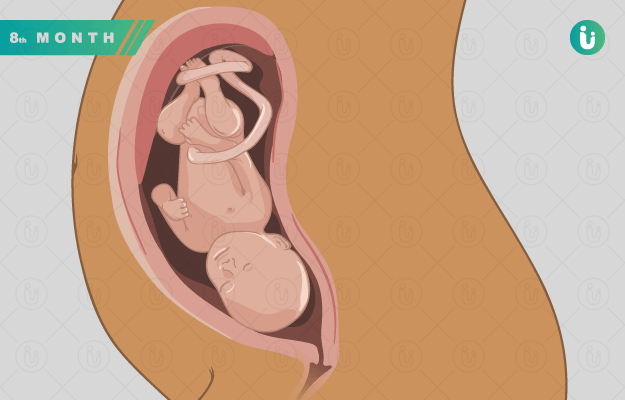Water breaking isn’t always as dramatic as they portray in the movies. To be sure, a gush of water down the thighs of a pregnant woman who immediately feels unmistakable labour contractions may happen in some cases. But this is not a universal experience.
In real life, it can be hard to tell the difference between peeing and water breaking. Some women experience water breaking as a trickle rather than a gush. Other women may experience a tiny amount of wetness around the vagina or perineum (between the vagina and anus).
What with all the things—including vaginal discharge during pregnancy—that you’ve learnt to live with throughout your pregnancy, it is sometimes difficult to say exactly what has happened when your water breaks.
Thankfully, there are contextual clues that can help:
- If you are 37 weeks pregnant or farther along in your pregnancy, there’s a good chance that you are already looking out for signs of water breaking—it doesn’t hurt to call your doctor and check if you should go to the hospital if you are doubtful about whether your water has broken.
- In a normal delivery, water usually breaks just before or during labour. If rhythmic and intense contractions precede or accompany a clear, pale yellow or straw-coloured discharge, then you’re likely in labour and your water has broken.
- Just before the amniotic fluid flows out of the vagina, many women notice a mucus discharge which may be white or speckled with a little bit of blood—this is the mucus plug that keeps the cervix closed during gestation. When the contractions begin, this plug gets pushed out and the amniotic fluid flows out. If you observe such a discharge before clear fluid starts coming out, your water has probably broken.
- If the fluid discharge is clear and yellow, it’s probably amniotic fluid. Some nurses advise standing up to see if the volume of liquid coming out increases—if it does, it’s probably amniotic fluid.
Here’s everything you should know about water breaking if you or your partner is pregnant.






































